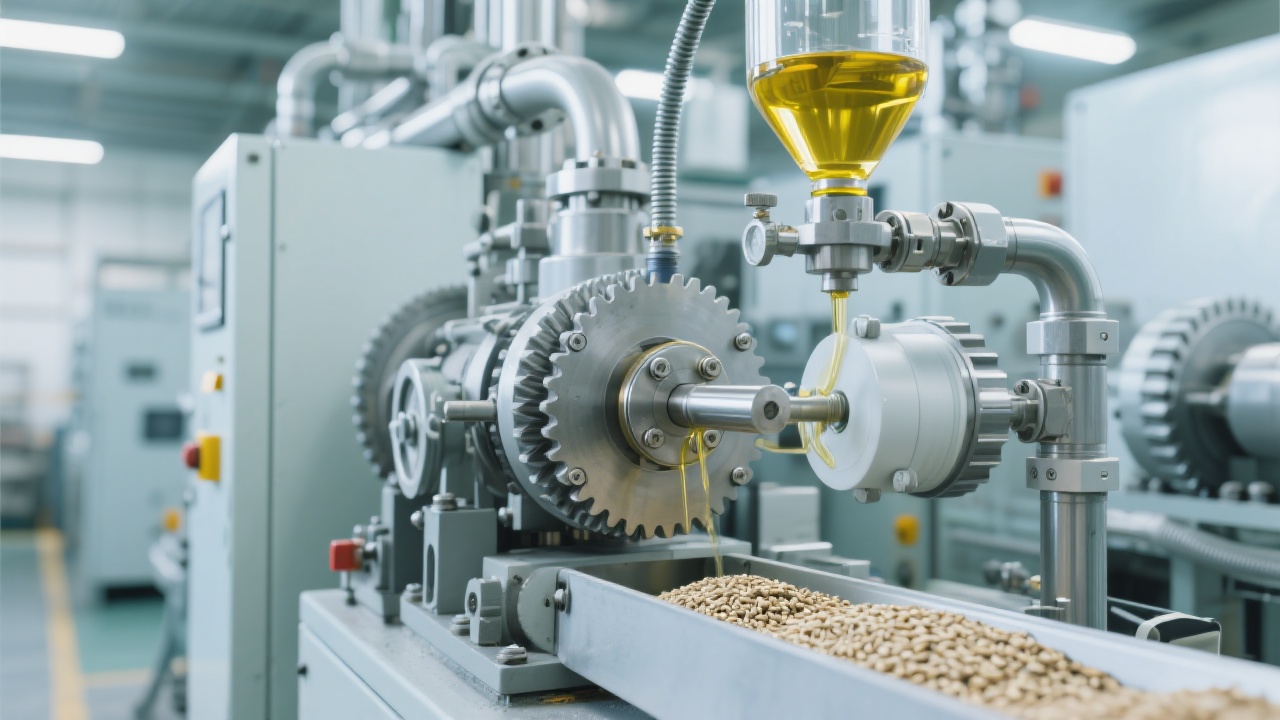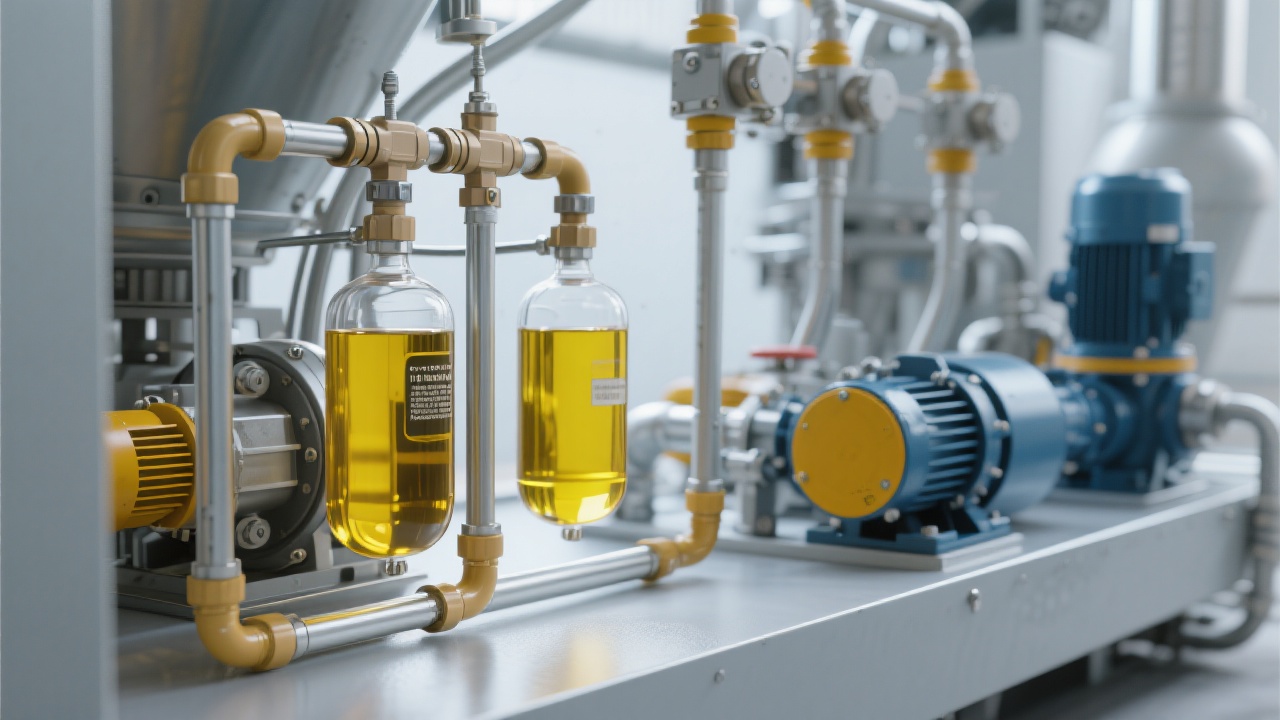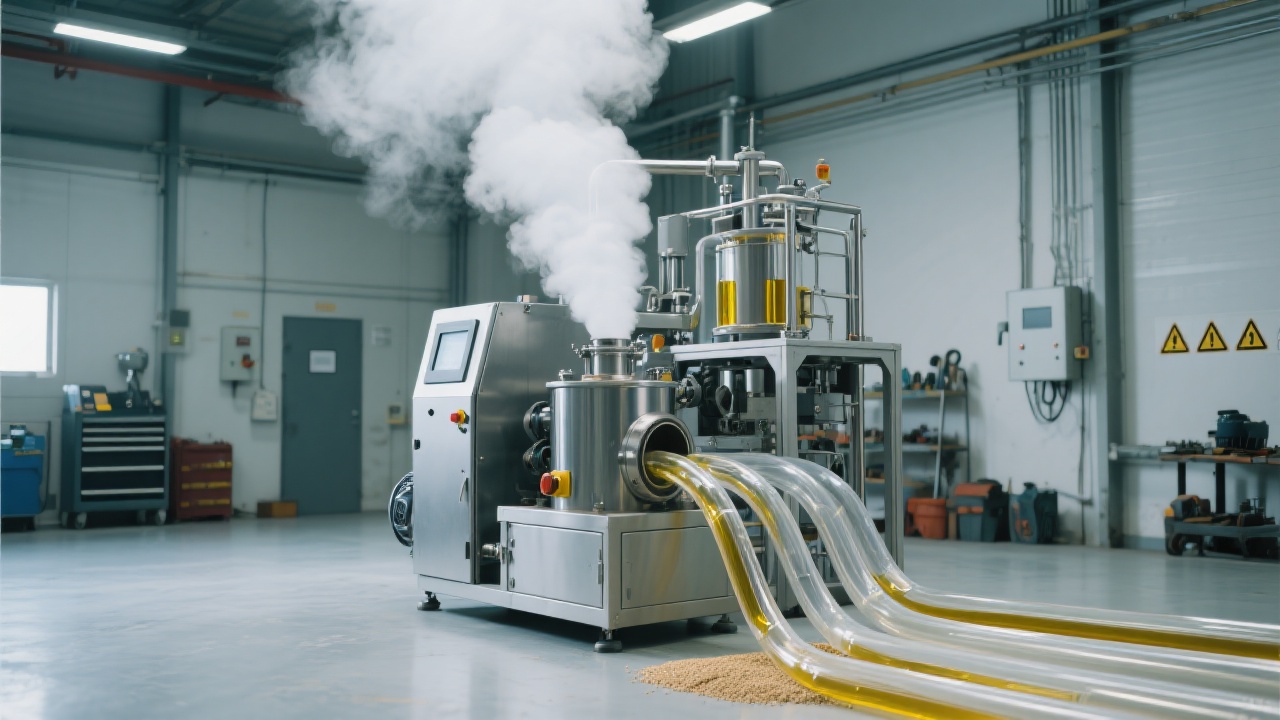
In the world of sesame oil extraction, the choice between cold - pressing and hot - pressing methods can significantly impact the quality and characteristics of the final product. This article aims to delve into the core differences between these two extraction processes, helping consumers make an informed decision when selecting the most suitable sesame oil extraction equipment for their needs.
Cold - pressing is a low - temperature extraction process. During cold - pressing, the temperature is typically kept below 60°C. This gentle process helps to preserve the natural nutrients in sesame seeds, such as vitamin E and unsaturated fatty acids. According to a research study by the International Journal of Food Science, cold - pressed sesame oil retains up to 90% of the original vitamin E content in sesame seeds. In contrast, hot - pressing involves higher temperatures, usually above 100°C. This process can cause some of the nutrients to degrade. For example, the vitamin E content in hot - pressed sesame oil may be reduced by up to 30% compared to cold - pressed oil.

The nutritional difference between cold - pressed and hot - pressed sesame oil is significant. Cold - pressed sesame oil, with its high content of vitamin E and unsaturated fatty acids, is considered a healthier option. Vitamin E is a powerful antioxidant that can help prevent cell damage and reduce the risk of chronic diseases. Unsaturated fatty acids are beneficial for heart health. In terms of sensory experience, cold - pressed sesame oil has a more delicate and natural aroma and flavor, making it ideal for high - end seasoning and home - cooked healthy meals. Hot - pressed sesame oil, on the other hand, has a stronger and more pungent aroma, which is preferred in some traditional cooking styles.
| Aspect | Cold Press | Hot Press |
|---|---|---|
| Production Capacity | Generally lower, suitable for small - scale production at home or in small workshops, with an average daily production of about 5 - 10 kg. | Higher, can meet the needs of large - scale industrial production, with a daily production capacity of 50 - 100 kg or more. |
| Applicable Scenarios | Ideal for home - made healthy cooking and high - end catering where the quality of oil is highly valued. | Suitable for industrial food production, such as in the production of some processed foods that require a large amount of oil. |
| Operation Difficulty | Relatively easy, with simple operation steps that can be mastered by ordinary consumers. | More complex, requiring professional operators to control the temperature and pressure accurately. |
| Cost | The equipment cost is relatively low, and the energy consumption is also lower during operation. | Higher equipment cost, and more energy is consumed due to the high - temperature operation. |

In high - end restaurants, cold - pressed sesame oil is often used for salad dressings and high - end dishes because of its rich flavor and high nutritional value. For example, a well - known Michelin - starred restaurant in Paris uses cold - pressed sesame oil in their signature sesame - flavored appetizers, which have received rave reviews from customers. In the industrial food production field, hot - pressed sesame oil is more commonly used. A large - scale snack food manufacturer in the United States uses hot - pressed sesame oil in their sesame - flavored chips, taking advantage of its strong aroma and relatively low cost.
For those who want to make cold - pressed sesame oil at home, here are some simple guidelines. First, choose a suitable small cold - press. Make sure the equipment has good quality and can maintain a low - temperature operation. Second, control the temperature during the pressing process. Keep the temperature below 60°C to ensure the maximum retention of nutrients. Finally, store the cold - pressed sesame oil in a cool and dark place to prevent oxidation. You can use glass bottles with air - tight lids for storage.

In conclusion, understanding the differences between cold - pressed and hot - pressed sesame oil extraction methods and the performance of corresponding equipment is crucial for consumers to choose the right product. Whether you are a health - conscious home cook or an industrial food producer, there is a suitable sesame oil extraction solution for you. If you want to learn more about sesame oil extraction equipment and related technologies, please visit our product details page and technical knowledge base.

